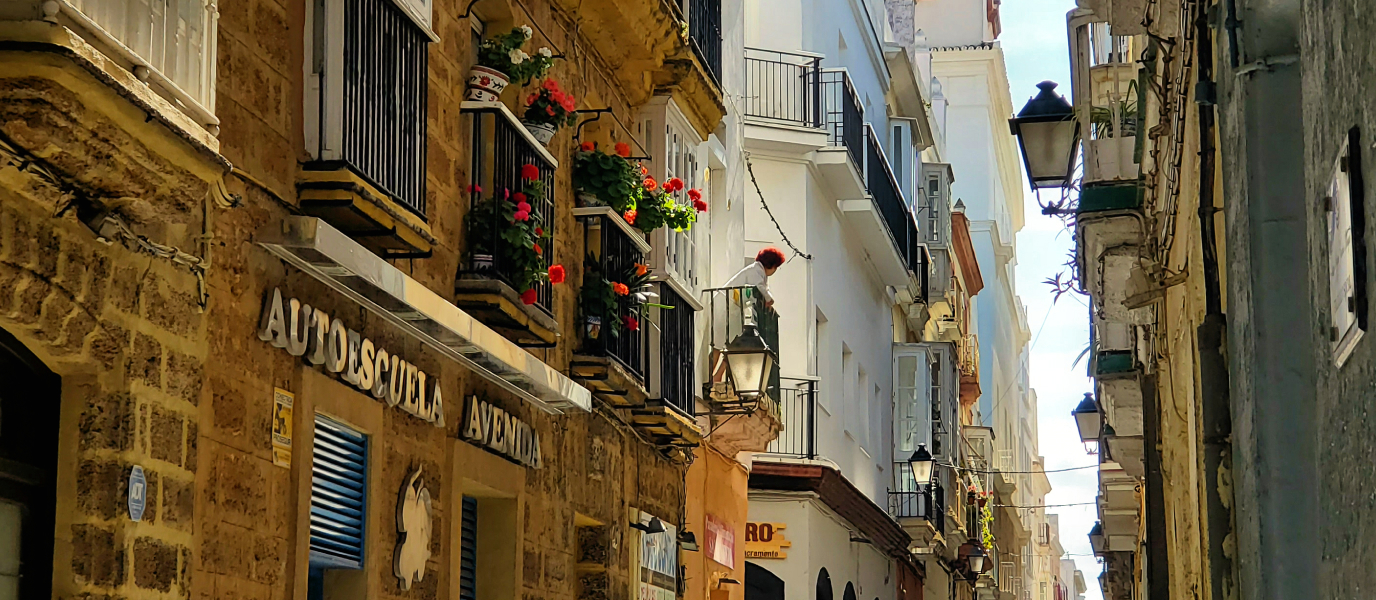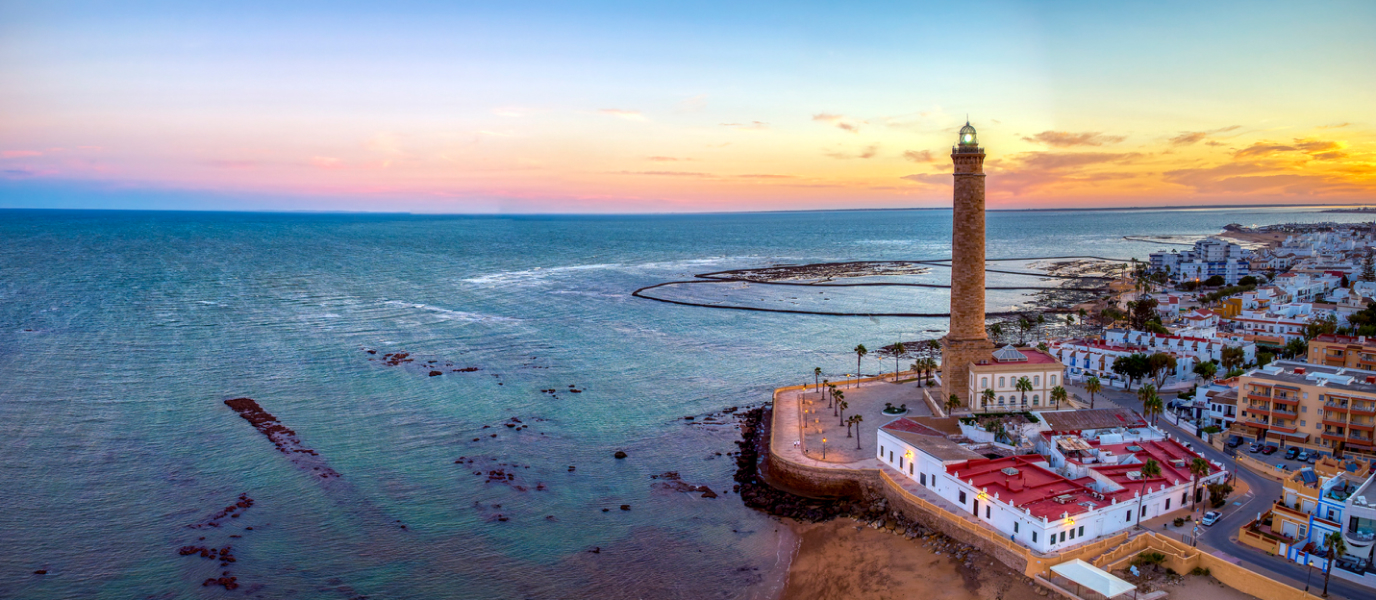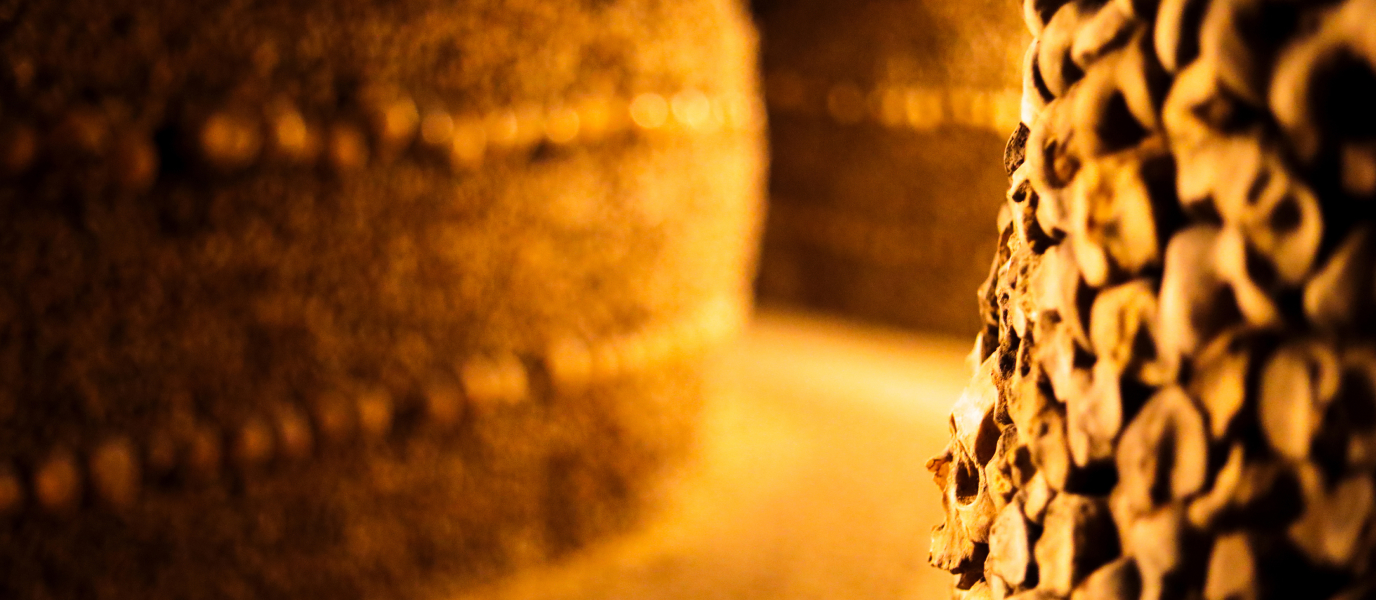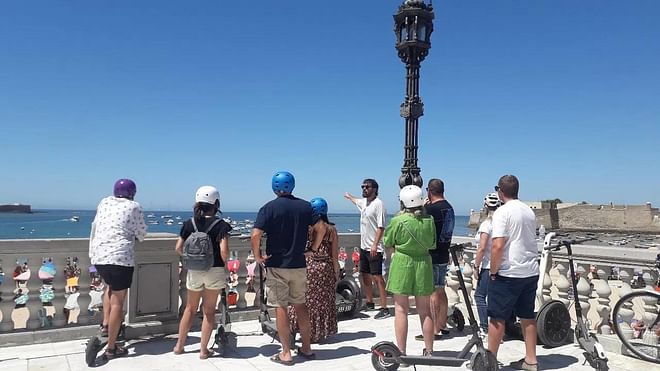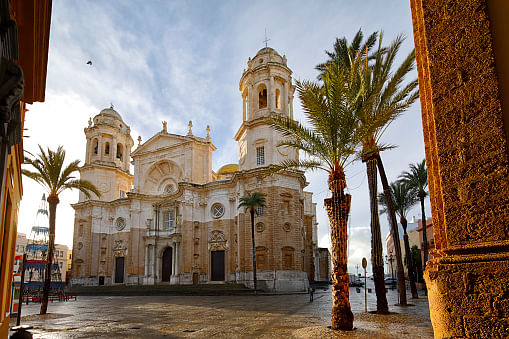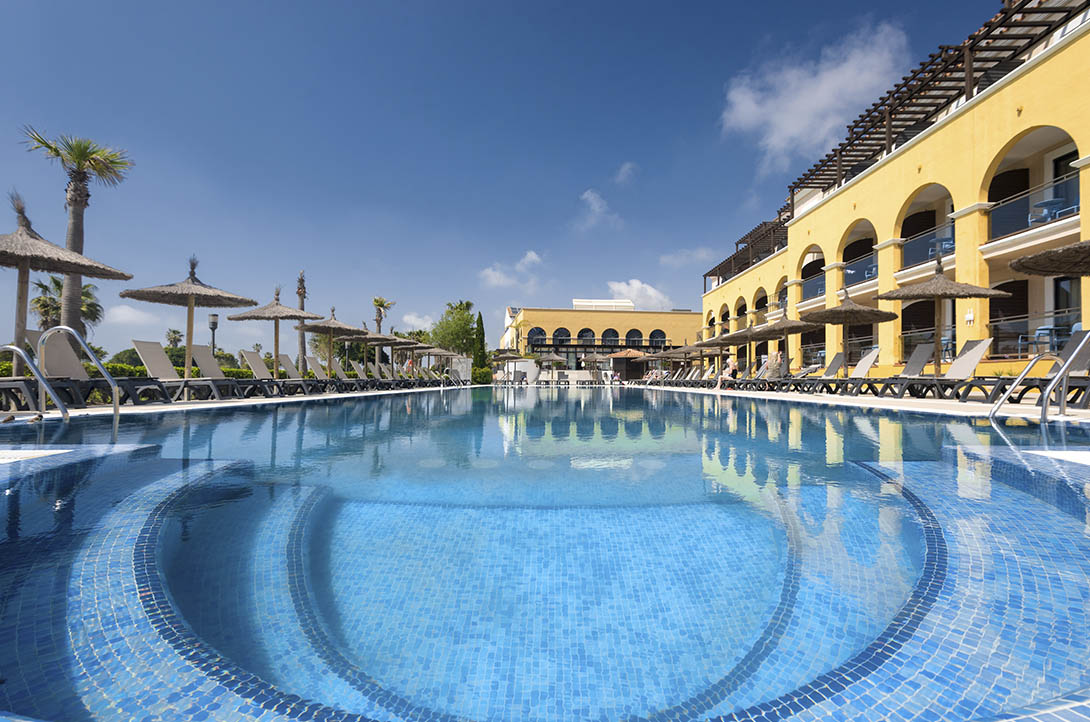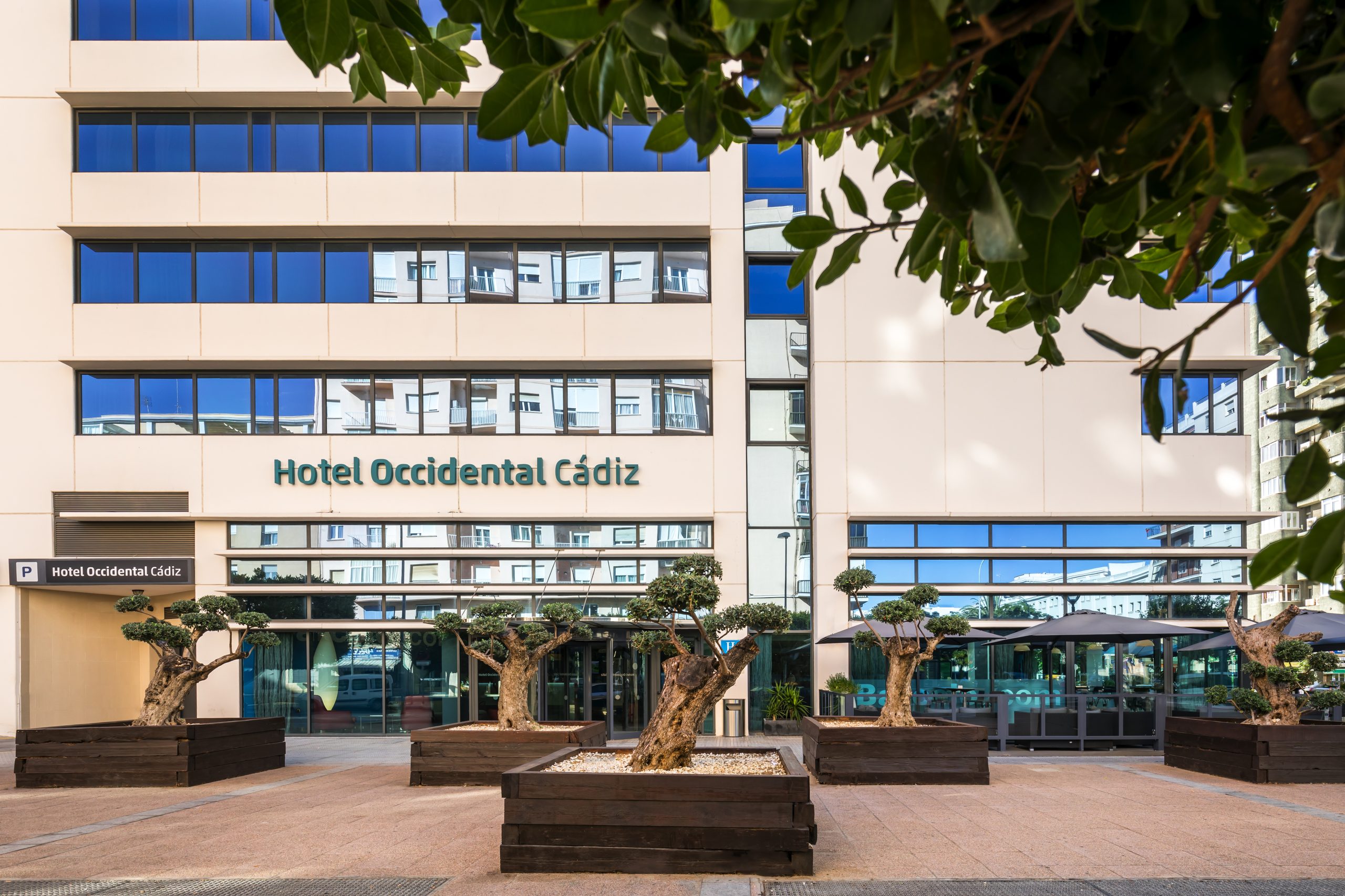Torre Tavira is one of the dozens of watchtowers that were employed in the city in former times. Although many of them have survived up to the present day, it is estimated that Cádiz could have had over 160 at one time. All were built at a time when the city was the most important port between Europe and the Americas: in the early eighteenth century once the Casa de Contratación de Indias (an institution of the Crown of Castile for the advancement of trade with the Americas) was transferred from Seville to Cádiz (which was easier to access for ships after they their oceanic voyage). Almost on a daily basis, boats loaded up with the most exotic and succulent goods could be seen in the city’s port.
The watchtowers were employed to monitor the arrival of said product distributors and merchants based in Cádiz. Torre Tavira, owned by the family of the Marquises of Recaño, in whose mansion house it was situated, was one such tower. Although it ceased to operate as a watchtower once Cádiz had lost importance in intercontinental commerce, it has fortunately withstood the test of time and remains practically undamaged. The mansion house in which it is housed is also home to the city’s music conservatory.
Torre Tavira: what you can see from it
Torre Tavira is not only a magnificent vantage point over the city; thanks to its location, right in the heart of the historic quarter of Cádiz, and its height, it was designated as the official watchtower of the port of Cádiz.
In fact, it is also the highest point in the city, standing 45 metres above sea level, therefore giving you a great view of the other towers that have survived over time.
From the tower you can also get an idea of Cádiz’s clear links to the sea (it is practically an island surrounded by the Atlantic Ocean), with views of the isthmus that connects it to the Iberian Peninsula, all the towns in the Bay of Cádiz, from Rota to San Fernando, Cádiz’s beaches and, of course, the city’s many white houses and palaces. Some of the main sights and places of interest that can be seen perfectly from the top of the tower include:
- All of the city’s port.
- The Cathedral and the large square on which it stands.
- San Antonio square and church.
- Plaza de Mina and the remains of the convent that once stood in this square.
- Alameda Apodaca, a lovely tree-lined avenue, and Genovés park.
- Plaza del Mercado, with its Central Market.
- The communications tower (or Pirulí).
- La Caleta beach and the Nuestra Señora de La Palma spa resort.
- Santa Catalina castle and San Sebastián castle, situated on either side of La Caleta beach.
The camera oscura
Although the views from the lookout point and the windows of Torre Tavira are impressive, its main attraction is the camera obscura: a mirror system situated on the top floor of the tower that reflects onto a conical screen several metres below.
Depending on how the mirrors are placed, the image projected onto the screen corresponds with that of different areas of the city. Various parts of Cádiz can also be seen up close or from afar according to the position of the mirrors, employing the same system as a camera lens.
The screen is situated in a completely dark chamber (the name camera obscura comes from the Latin for dark room), so that the image can be seen clearly. As a result, the whole of Cádiz can be seen projected onto the circular screen, giving viewers a chance to ‘spy’ on the lives of its inhabitants.
To complement this amazing perspective of the city are explanations from guides—qualified staff trained in history and art—who have a wealth of knowledge on this 3,000-year-old-city and its incredible tales.
The towers of Cádiz
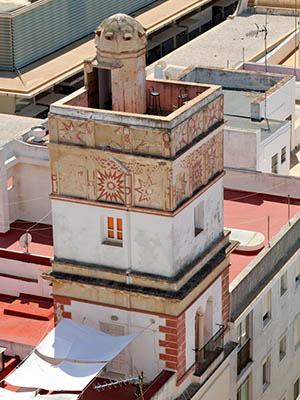
Over 100 watchtowers continue to defy the test of time across Cádiz’s skyline. Most of them have been converted into extraordinary private spaces where you can pass the time. Architecturally speaking, they can generally be categorised into four different styles:
- Towers with a flat roof and a terrace, Torre Tavira being one such example.
- Constructions similar to the previous one but topped off by a gatehouse providing shelter from the rain or sun.
- Those in which the upper part is distributed across two levels, thus reducing the amount of weight that the rest of the building has to support.
- Towers combining the previous two
Aside from Torre Tavira, in terms of the city’s most striking watchtowers, these are the pick of the bunch:
- The towers of the Palacio de las Cuatro Torres: Part of one of the city’s most representative buildings, they are located next to Plaza de España. A section of the towers is now a lovely boutique hotel.
- The towers of the Casa del Almirante: This building, dating from the seventeenth century, is the only one with two twin towers, situated on either side of the main façade.
- The tower of the Reina Sofía Cultural Centre (formerly the Military Government): although it was built in the early nineteenth century as a watchtower, it was to play a much more important role as an optic telegraph tower.
- The Bella Escondida [Hidden Beauty]: Named as such since it cannot be seen from the street, but only from other towers such as Torre Tavira itself. What’s more, its octagonal shape is unique in Cádiz.




































































